Canon EOS RP detailed review
Canon’s foray into the mirrorless space may have been late, but it wasn’t thoughtless. The company launched the EOS R a few months ago and now, we have the Canon EOS RP. It almost feels like Canon may be following the same 6D-5D approach to mirrorless cameras, where the EOS R is the more feature packed camera while the EOS RP is the more budget-friendly camera. Canon sent us a review unit with the RF 24-105 f/4 L lens and we put the camera through its paces.
| Canon EOS RP Specifications | |
| Resolution | 26 Megapixels |
| Sensor Format | Full-Frame |
| Image Stabilisation | In-lens only |
| AF Points | 4779 |
| Burst Mode | 5fps |
| ISO Range | 100-40000 |
| SD Card Slots | Single |
| Weather Sealing | No |
Build and Design
The Canon EOS RP is almost the size of Canon’s smallest DLSR but manages to pack quite a lot of power and refinement into this tiny form-factor. For starters, there’s the nice, deep grip which makes holding the camera extremely easy. The top plate on the right side features the very basic, but important dials and buttons. There’s a dedicated record button which is easy to reach, alongside a mode dial. There is a M-Fn button which can be mapped to perform any number of functions and a rear thumb dial which is used to manipulate the shutter speed. Finally, just behind the shutter button is a vertical thumb dial for controlling the aperture.
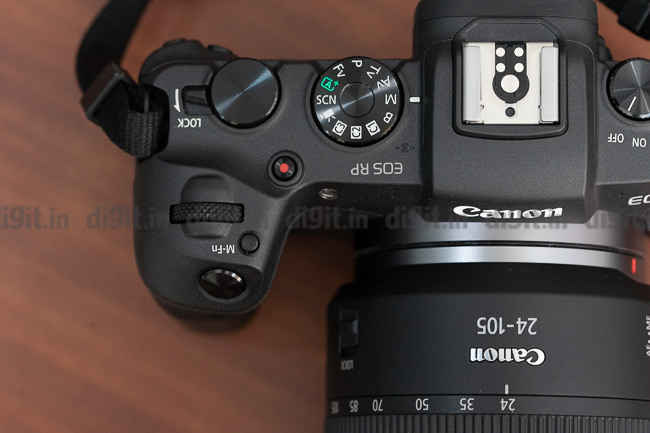
The controls on the top plate are well laid out
On the back, we find the AF-On button alongside the Exposure lock and AF Area selection button, both of which are placed awkwardly on the extreme right side. On the back panel, there is the 4-way button with a Set button in the center. At the bottom, you’ll find the playback and delete keys, which we feel are placed a little too close to each other.
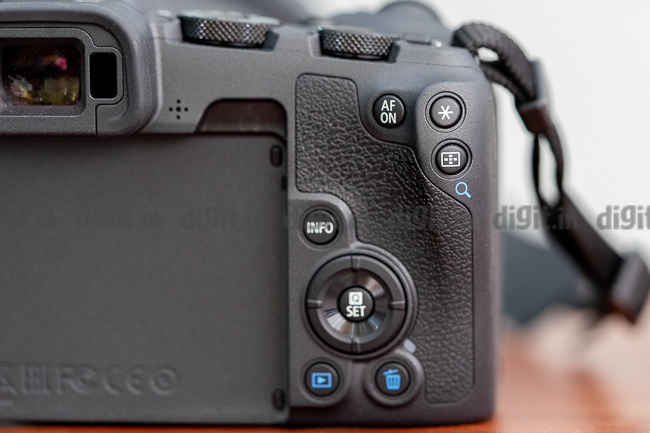
A fairly basic control layout on the back
While the build and design of the Canon EOS RP is solid and very ergonomic, there are a few things we did not like at all. For starters, the dedicated On/Off switch on the top plate could have been replaced with an AF-Mode or Shooting mode dial, which is far more useful than a binary switch. Second, the EOS RP does not come with the Touch Bar that was found on the EOS R, but at the same time, does not feature a joystick either so as to move the AF points around. Lastly, the camera lacks weather sealing.
Image Performance
The Canon EOS RP features a 27-megapixel full-frame sensor, with an effective output of 26 megapixels. The remainder of the pixels are there to aid in focusing, but we’ll get to that in a later section. For imaging, the EOS RP offers some incredible output. As is the case with any professional camera, we shot all images in RAW and processed them using Adobe Lightroom. This allows us to extract the most information possible out of each RAW file. The camera is paired with the RF 24-105 f/4 L IS lens for all out testing. We asked Canon to share the EF-to-RF converter along with a EF 50mm f/1.2 or any other comparable prime lens, but they were not able to arrange the same for us. This does impact some of the image performance metrics we record.
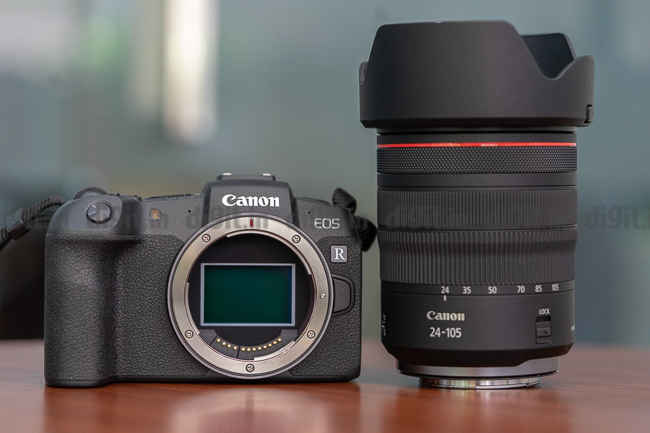
The full-frame sensor was only limited by the aperture on the kit lens in our testing
The Canon EOS RP with its full-frame sensor performs in daylight as well as you could expect. What that means is that the RAW files coming out of the camera are noise-free. Depending on whether you expose for the highlights or shadows, your latitude for recovery in edit will vary. Using Adobe Lightroom, we were able to recover a little over 2 stop of detail in the shadows, with a similar latitude being offered in the highlights. The detail retention is also excellent for day-time shots.

Click on the image above to go to our Flickr gallery for many more full-resolution images
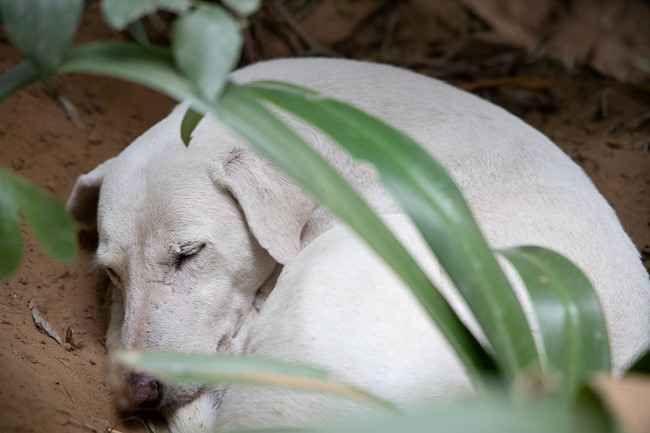
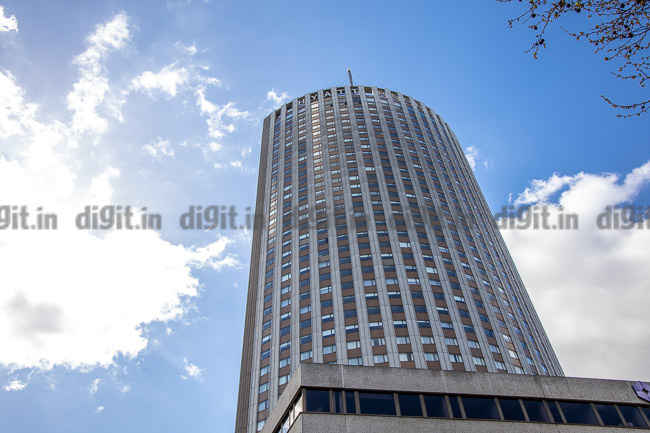

When shooting in low light, things become very different and very situation specific. While images shot at ISOs up to ISO 6400 are free of luma and chroma noise, this completely depends on the exposure. If the subject is underexposed, you will quickly see luma noise creep in, become increasingly visible as you boost the exposure in edit. In fact, night shots also develop chroma noise (coloured dots) beyond a certain point. We found that the most we could push low light photos were a maximum of 1 stop until the noise got out of hand. Applying aggressive noise reduction did give us some more latitude for exposure correction but at the cost of detail.
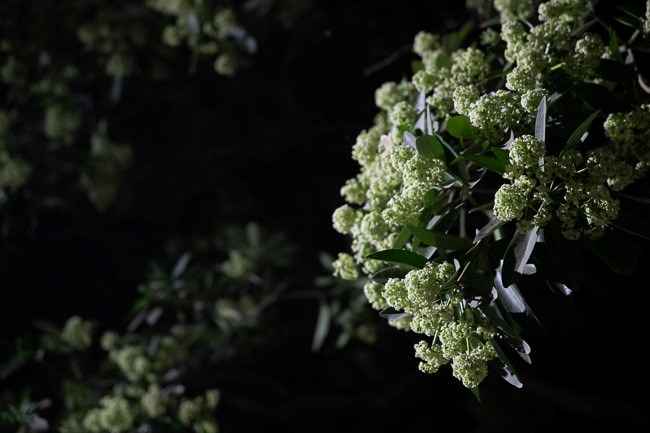
Properly exposed low light photos do turn out to be noise free (ISO 6400)
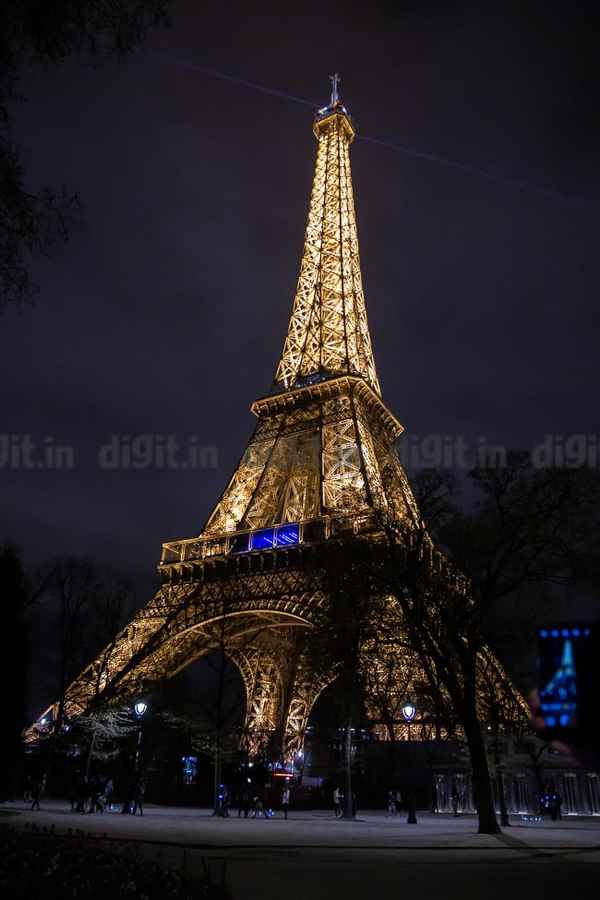
The above shot does not offer a lot of room for boosting shadows (ISO 6400)
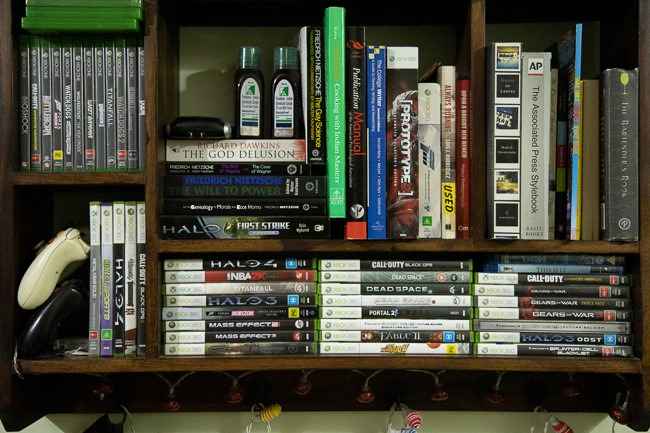
No colour shift at ISO 25600
At ISO 12800, we found that when exposing the scene properly, that is, the right exposure for the subject, the amount of noise was manageable, but there was a slight reduction in sharpness. Additionally, exposure correction was also decent without too much trouble. At ISO 25600, however, we found the noise levels and loss of sharpness to be higher than we’d like, so we do not recommend shooting at this ISO level, unless absolutely critical. One thing that we do want to credit Canon with is the lack of colour shift when shooting at ISO up to 25,600. This is generally the point when we start seeing unwanted changes in colour reproduction, but that was not the case here.
We feel that with the kit lens, the EOS RP has limited usability in low light, mostly restricted by the f/4.0 aperture, which will force you to increase your ISO which will cause some drop in image quality. With a prime lens that has an f/1.8 (or larger) aperture, you could find yourself using the EOS RP even in low light, pulling in enough light to keep you below ISO 12800 and retaining not just detail, but also sharpness.
All in all, the fact remains that the imaging performance offered by the Canon EOS RP is unrivalled at its price point. This isn’t a situation where less-than-stellar performance is being offset by a low price. The reality is that the EOS RP does offer great imaging performance, at an incredibly low entry point.
Auto Focus Performance
The auto focus system on the EOS RP is slightly different from the one on the EOS R. The EOS RP features 4779 AF points spread across the frame as against the 5655 on the EOS R. The AF system on the Canon EOS RP also sports Canon’s Dual Pixel AF which allows the camera to really impress.
A few things that really help the AF performance is the fact that the AF points can individually be resized, allowing for more precise focusing. During the day, the AF system is incredibly quick to lock focus on the intended system when its in Single focus mode. Switching over to continuous AF can sometimes have the focus jump around, especially if you’re trying to focus on an object that takes up a very small part of the frame (like a tiny flower). This can make macro shots a little tricky, but with some skill, the camera will help you get the right shot (as you can see in our Flickr gallery).
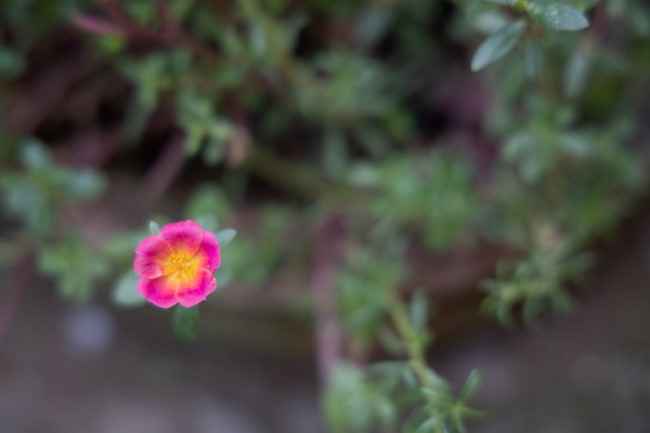
The Canon EOS RP locked focus on this tiny flower on AF-S mode instantly, but struggled in AF-C mode
In low light, the camera did struggle on a few instances. While shooting our standard test target (the bookshelf), the camera was able to focus without any issues despite the scene being dimly lit. Outdoors, we didn’t have trouble locking focus on landscape, but did have some trouble when trying to focus on small flowers. It really isn’t a big deal though as slightly readjusting the frame allowed the camera to achieve focus without any issues.
While the AF system in of itself works extremely well, we still have qualms with how Canon requires you to move the AF points around. With the lack of a joystick on the back (like the one found on the 5D Mark IV and others), the traditional method to move the AF points would be to first press the AF button and then use the dial on the back. The other way would be to just slide your thumb across the display while you look through the viewfinder. While this is convenience, we did find the feature to work intermittently with our noses or cheek pressed against the display. The AF Joystick is a tried and tested method for moving AF points around, but It will be a while before we see Canon implement it on its mirrorless cameras.
Bottomline
The Canon EOS RP is the cheapest modern-day full frame mirrorless camera you can buy today. Given that Canon has also released a number of very impressive RF mount lenses, making the EOS RP a rather lucrative camera. Given the camera’s performance in terms of imaging and focusing, it becomes near impossible to not recommend the camera to any newbie photographer looking to break into the full-frame game. However, the only downside happens to be the fact that RF lenses happen to be rather expensive, so the EF-to-RF converter paired with EF lenses may be another way to get started with this camera.
[ad_2]
Source link

Post a Comment